- Home
- Welding
- Weld Fixturing Marking Preparation
- Welding Tables Accessories
- Modular Welding Tables Accessories
.....Read More

Accessory Kits for Modular Welding Tables
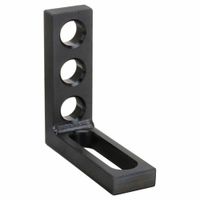
Brackets for Modular Welding Tables
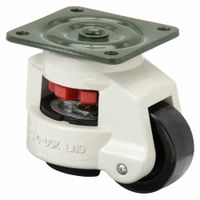
Casters & Floor Mounts for Modular Welding Tables
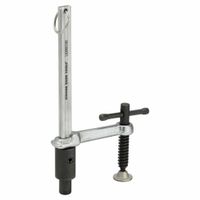
Clamps for Modular Welding Tables
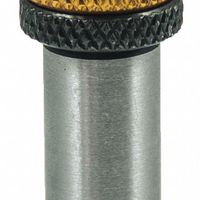
Fasteners for Modular Welding Tables
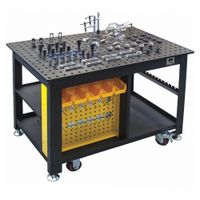
Modular Welding Tables
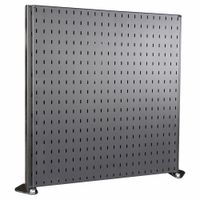
Pegboard Panels & Attachments for Modular Welding Tables
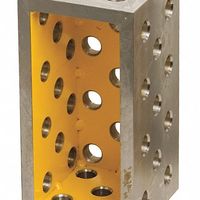
Risers for Modular Welding Tables
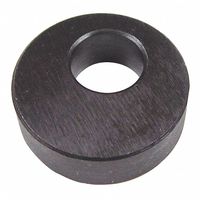
Stops for Modular Welding Tables
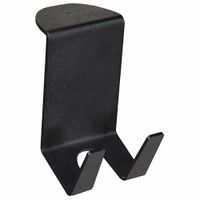
Tool Holders for Modular Welding Tables
Frequently Asked Questions
What are the benefits of using a modular welding table?
How do the holes in a modular welding table improve setup time?
What types of accessories are available for modular welding tables?
How do you choose the right modular welding table for your needs?
Can modular welding tables be customized for specific projects?
What materials are modular welding tables typically made from?
How do you maintain and care for a modular welding table?